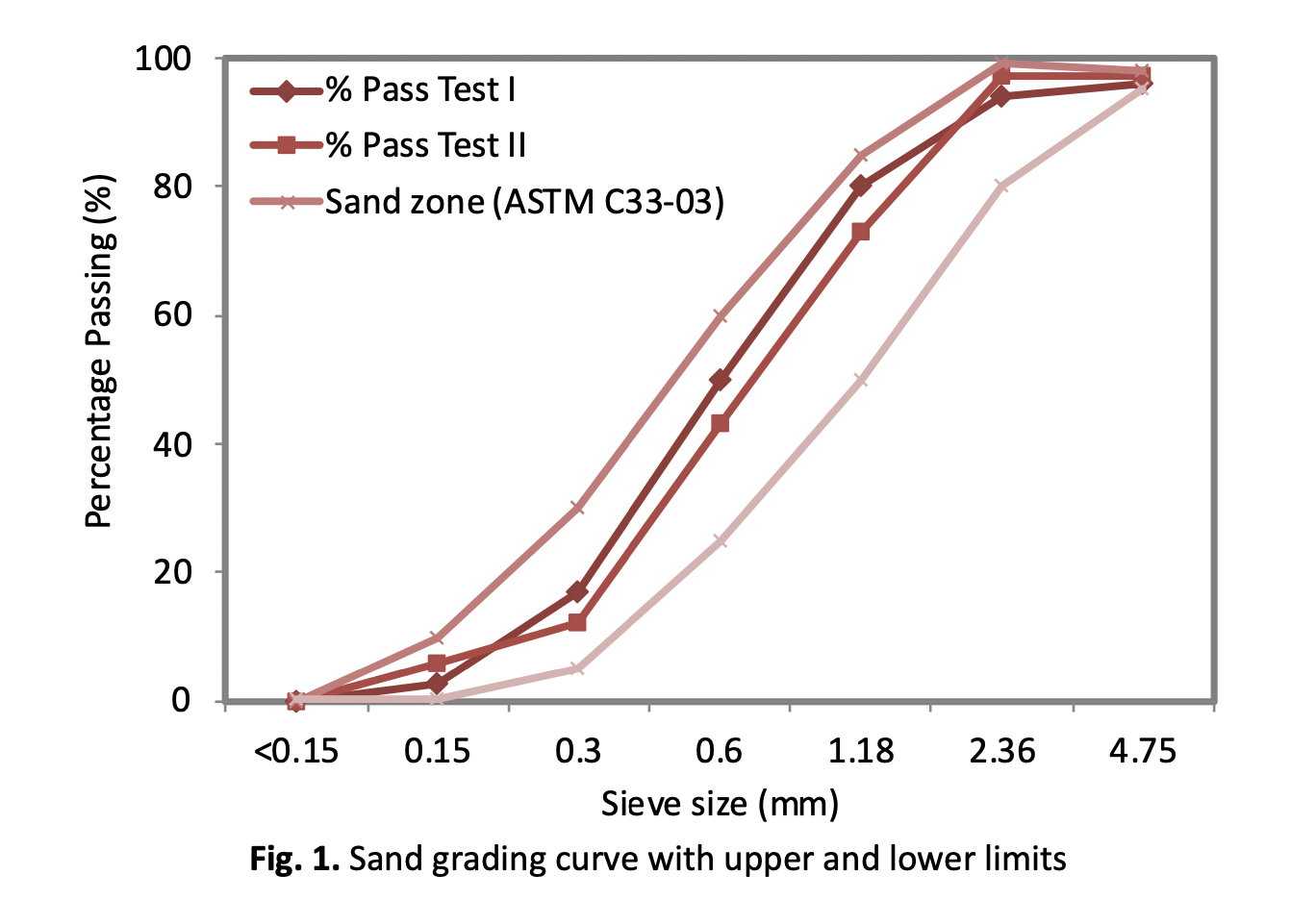Sustainable lightweight foamed concrete using hemp fibre for mechanical properties improvement
DOI:
https://doi.org/10.37934/aram.101.1.1935Keywords:
foamed concrete, durability properties, natural hemp fibre, water absorption, porosity, carbonation depth, shrinkageAbstract
Fibres have long been used as an additive in the fabrication of building elements and materials. A combination of natural and synthetic fibres has shown promise in preliminary research and testing, with the added benefit of greatly improved strengths of the composites. Compared to traditional reinforcement bars, natural fibre reinforcement's ratio of fibre required is significantly lower, making it more beneficial in terms of energy and economic values. Recent research has focused on the feasibility of using both natural and synthetic fibres as reinforcement in concrete and other construction materials. Thus, the purpose of this research is to investigate the feasibility of using hemp fibre at various percentages (0%, 0.2%, 0.4%, 0.6%, and 0.8%) as an additive in lightweight foamed concrete to enhance mechanical properties. Three LFC densities namely 500, 900 and 1300 kg/m3 were fabricated and tested. Axial compressive strength, flexural strength, splitting tensile strength, and ultrasonic pulse velocity were the four mechanical parameters that were assessed. The findings demonstrated that adding 0.4-0.6% of HF to LFC produced the best results for ultrasonic pulse velocity, compressive strength, flexural strength, and splitting tensile strength. The HF is essential in assisting to stop the spread of cracks in the plastic state of the cement matrix after the load was applied.Downloads

Downloads
Published
2023-02-02
How to Cite
Md Azree Othuman Mydin, Samadar Salim Majeed, Roshartini Omar, Paul Oluwaseun Awoyera, & Hadee Mohammed Najm. (2023). Sustainable lightweight foamed concrete using hemp fibre for mechanical properties improvement. Journal of Advanced Research in Applied Mechanics, 101(1), 19–35. https://doi.org/10.37934/aram.101.1.1935
Issue
Section
Articles


























